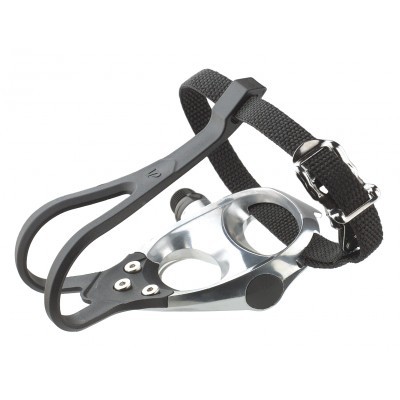As a newbie rider, I was asked by many experienced riders and bike shop experts if I was using clipless pedals yet? The implication was you are not really a serious rider until you are clipless, sort of a rite of passage. No one ever told me you can break bones, but told 'everyone' falls a few times, count on it, and move on.
Are there precautions or conditions where one could or should not use clipless pedal products?
The previous year, I had ridden 1700 street and paved bike trail miles on a comfort bike and a Mountain tandem with Pedal Cages and never had an issue. I incorrectly assumed I was ready to advance. I purchased a new touring bike with Shimano M540's.
Here is an XRAY of the damage I experienced riding clipless. It was an unexpected stop due to a flood closing a tame paved trail. Someone had painted a bright blue line from the trail up to where I fell (me standing in the picture). It was my error in trying to ride around the obstacle and ended in the railroad ballast (2"-3"). I had un-cliped going up but the M540's re-clipped I stopped at the edge of the ballast but was clipped. My ankle twisted > 150 degrees. It was my third ride and fall clipless. It all happened in 10-15 seconds.
I know through good friends of two very much younger but very experienced riders who were hurt much more severely than I due to clipless.
Should I try again with the beginner clips and different pedals, or as my son and wife tell me, are you crazy?
Revisited
Having just rolled over 2,000 miles this year with flat pedals on the road I can report I have found a solid solution for me. I now ride with "Pin" Pedals available from several manufacturers I use (Xpedo MX Force 3). These pedals have a grid work of short pins sticking up on both sides of the flat pedals. These pins rather lock my foot on the pedal preventing foot creep or shifting out of position while allowing for quick mount and dismounting as necessary.


